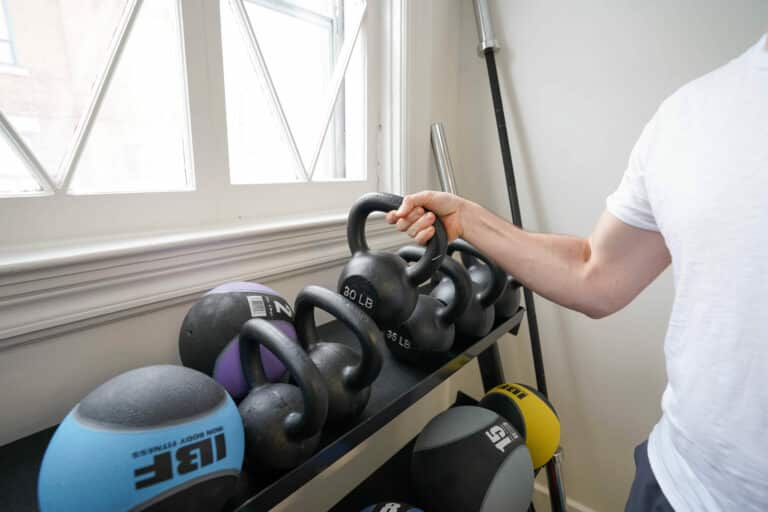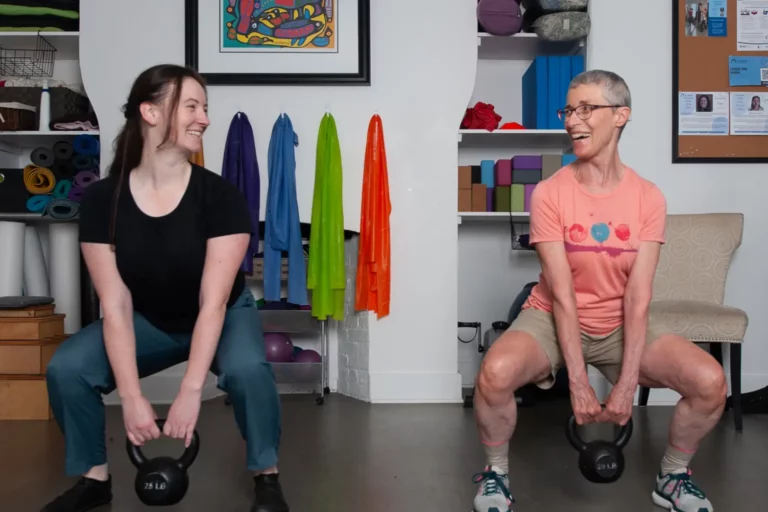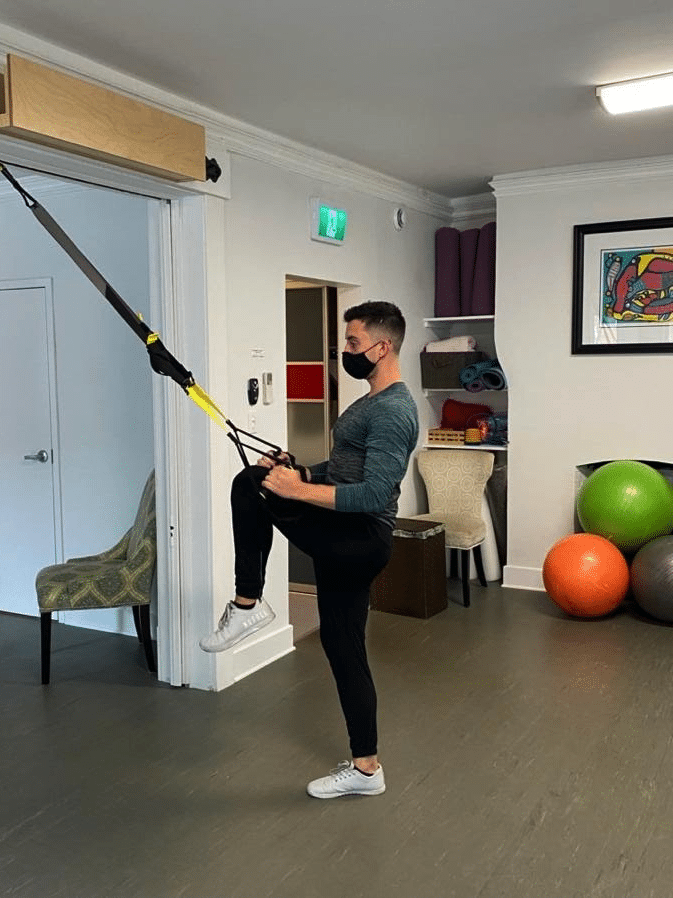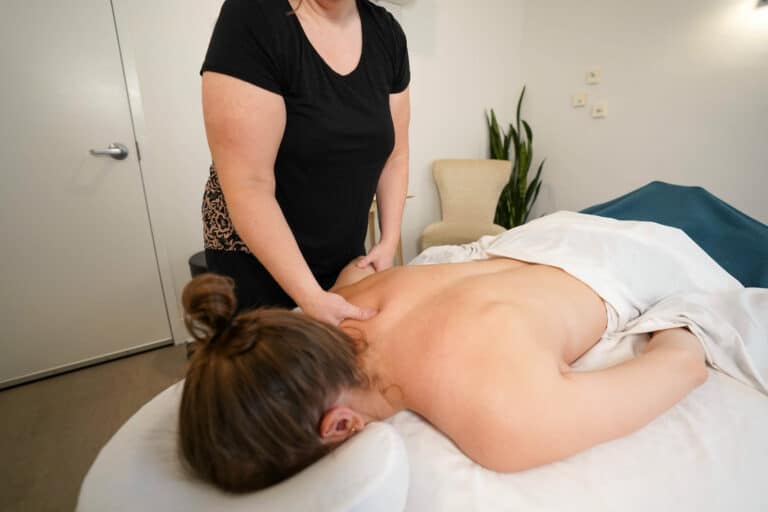By: Mike MacLeod
OTA/PTA, DTS Level 1, Nutrition & Weight Loss Certification, Agatsu Strength & Speed Specialist
What is the most effective way to reduce the risk of back injuries?
There are indeed many paths to travel and many detours we can take but, fundamentally if we strengthen and stabilize the core in multiple planes of movement, we can drastically reduce the occurrence of acute and chronic back pain. Mobility and structural imbalances will play a factor, but a strong core will provide support for the lower back, trunk and help correct issues at the pelvis. In part 1 we looked at Flexion and Anti-Extension. In part 2 we covered Rotation and Anti-Rotation. In this final section we will review Extension and Anti-Flexion.
Back Extension: is a type of stabilization exercise used in back rehabilitation programs that involves bending the spine backwards. If a patient feels more comfortable when hips are rotated forward with an extended curve in the low back, then an exercise regimen that promotes low back extension may be beneficial.
Movements that utilize back extension include standing, walking and prone press-up type exercises. A well-known rehabilitation approach called the McKenzie method employs extension exercises to theoretically help patients alter a herniated disc to reduce pressure on the nerve root.
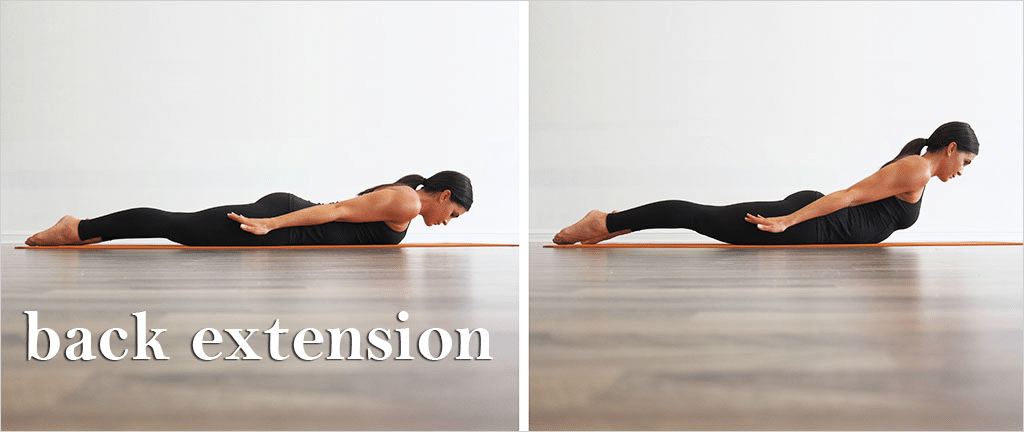
Anti-flexion: is when the core resists bending through the spine and counteracts the forces that tend to flex the trunk forward. Traditional strength training exercises like the squat and deadlift are great to develop anti-flexion stability. During a squat and a deadlift, the erector spinae and multifidus muscles are highly activated. These exercises are great to develop the posterior core but do little for the anterior core muscles. Research shows that during squats and deadlifts the external and internal obliques and rectus abdominis are only moderately engaged.
The deep longitudinal system and the gluteus maximus play an important role in pelvic and spinal anti-flexion. A contraction of the gluteus maximus and hamstring muscles stabilizes the sacroiliac joint (force-closure) and will generate tension in the erector spinae muscles, providing stiffness to the spinal column. Strong glutes and hamstring muscles take pressure off the low back when lifting.

Bread and Butter of Anti-Flexion
3 staple movements that should be in every anti-extension program and why.
DEAD BUG – This is one of those exercises, I find myself implementing into almost every one of my client’s programs. Why? The benefits are endless. When it comes to back squats – knee hinge dominant movements like our sit-stand. Deadlifts – hip hinge movements, or any other movement, people tend to drift into extension. This is a great exercise to help teach good core positioning. The main benefits of the dead bug, it targets anti-extension, improves coordination of limbs and it enhances shoulder flexion and hip extension.
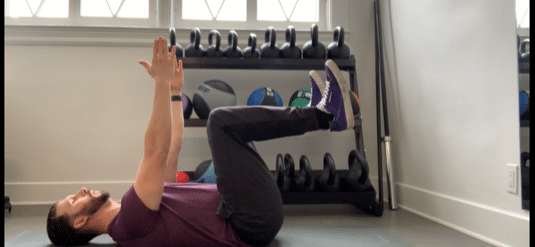

BACK-TO-WALL SHOULDER FLEXION Yes, a lot of words, but a whole lot of benefits. When I see people cranking into extension through the back constantly with any overhead movement, this is a great exercise to incorporate. When I talk about over head movements, this can be pressing, swimming, or even throwing a baseball. The beauty of this movement/exercise is it teaches a person how to dissociate shoulder movement from lower back movement. The main Benefits are that it trains anti-extension and enhances shoulder flexion.

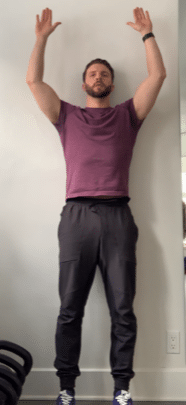
STABILITY BALL ROLL-OUT Well, if you have done these, you know much they suck. It kills your abs! Any variation of a roll-out or walk-out is one of the most difficult anti-extension exercises the benefits of this particular movement is that it trains anti-extension, enhances shoulder flexion and drives scapula upwards rotation (wings on upper back rotating up).
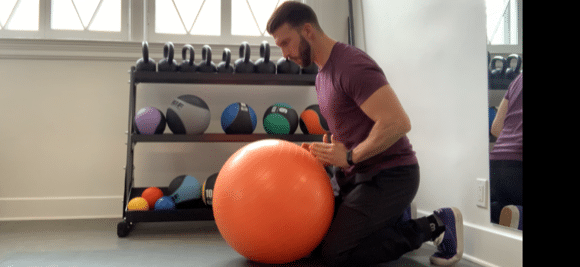
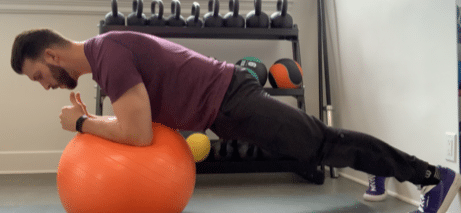
Bread and Butter of Extension
Bird Dog The bird dog is a simple core exercise that improves stability, encourages a neutral spine, and relieves low back pain. It strengthens your core, hips, and back muscles. It also promotes proper posture and increases range of motion.
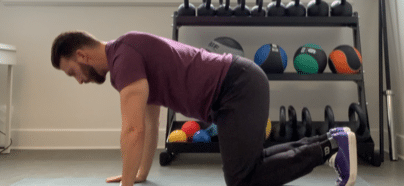
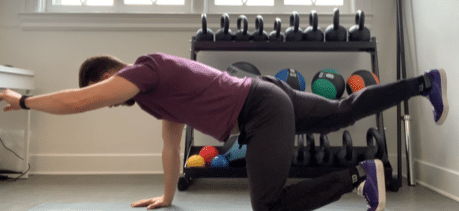
Superman – The superman exercise will not enable you to jump over tall buildings in a single bound nor grant you the ability to soar through the air at the speed of light. However, it will give you the power to better prevent injury to your back, improve your posture, and build a better mind-muscle connection to your lower back. If you’re looking for a bodyweight exercise to strengthen your posterior muscles, look no further than the superman exercise.
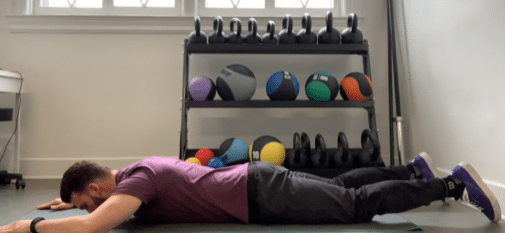
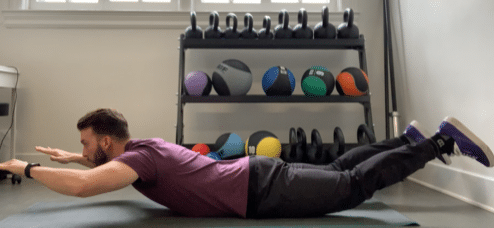
Prone Hip Extension on Swiss Ball – Hip extension exercises are important because your hip extensor muscles — the glutes and hamstrings — are major movers for your body. Strong glutes are key for pelvic alignment and lower back support. Strong hamstrings help you run, walk, and jump.

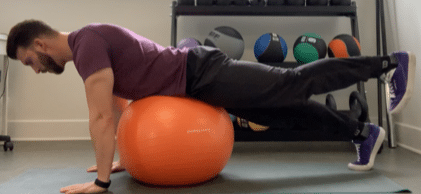
Bridging with Hip Flexion – Bridging exercise, a closed chain weight-bearing exercise, is an exercise which increases muscular strength of the hip extensors and promotes trunk stability. It is often prescribed for patients with back pain and increases the activities of trunk stabilization muscles such as the internal, external oblique, and erector spinae muscles.
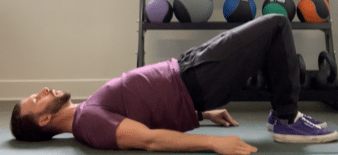
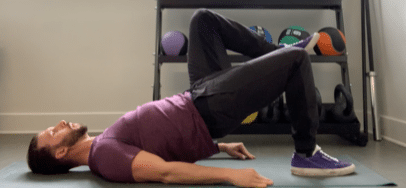
Concluding the 3-Part Series
Based on what we have learned throughout this 3-part series. We are now much more aware of the impact of weak or dysfunctional core muscles and poor core stability and how it directly impacts our activities in our daily lives. Theses imbalances that predispose us are not just specifically exhibited when weightlifting or playing sports. They can also be a result of poor posture or repetitive stress. Most of the adult population has dealt with chronic back pain or is currently experiencing acute back pain. With more of our time spent in front of screens and seated for long periods of time our levels of physical activity should be a focus of ours as an investment in our health and wellbeing not only physically but, mentally as well. Increasing intensity and frequency of training will help to promote a healthy lifestyle long term. From elite athlete to senior citizens aiming to improve their quality of life and overall performance there should always be time spent on strengthening the core to reduce pain and reduce the occurrence of injury.


